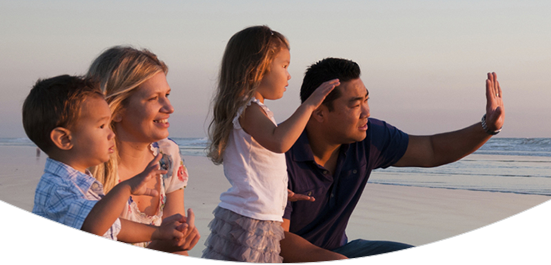
Pornography today is very different than it was even 20 years ago. The free porn that is available to kids without using a credit card is so violent that it is traumatizing to kids who have no other positive experience with sex.
Research shows that the younger a child is when they first engage with pornography, the more likely they are to exhibit symptoms of anxiety and depression, both in the teen years and as adults. They are also more likely to engage in risky sexual behaviors and to experience erectile dysfunction, suggesting impairment to healthy sexuality. Finally, as is the case for all exposure to violence, they show less capacity for empathy, which is a risk factor for healthy relationships.
In the UK and Germany, legislation has been passed that prohibits visitors to porn sites until their age as over 18 has been verified with a third party digital chip. This legislation has been very effective in preventing hundreds of thousands of kids from being exposed to violent pornography. Ask your legislator to introduce or sign on to such legislation in the US (or wherever you live!)
Points to make as you talk with your child:
1. Just as some adults drink alcohol but that isn't good for kids, some adults like to look at photos or videos of naked people
but that isn't good for kids. It changes your brain and the way you feel about sex and relationships.
2. Your child needs to tell you if they see naked photos or videos online
so you can help them understand what they've seen and keep them safe in the future. Explain that if your child somehow sees inappropriate photos, you will not be angry at them. Their job is just to leave the photos on the screen, and to immediately come to tell you about it.
3. Pornography is a multi-billion dollar industry.
The purpose has nothing to do with sex. The purpose is to make money. So the product (porn) is designed to be highly addictive, so that people will keep coming back to it. Even the free sites carry ads (for instance, for Viagra) and harvest the data of their users to sell, which is very lucrative. The porn industry also aggressively uses social media and search engine optimization to find new users.
4. Porn producers specifically target young men.
They know that the brain is rewiring rapidly at puberty and into the teen years. That means that any repeated experience at that age has more impact, because the brain takes shape around it. Young people who engage with porn will always be more vulnerable to porn addiction and thus will be more of a financial asset to the porn producers.
5. Porn is fictional, not real.
It is actors who are paid to present something enticing, just like other kinds of acting. Often, their bodies are artificially augmented or the size of body parts is changed in the editing process. Real bodies don't look like that; real penises and breasts are not that big.
6. Many kids use porn to learn about sex
but porn is not a good way to learn about sex, because porn sex is not realistic. Research shows that boys who engage with porn have more negative beliefs about girls and sex, such as that girls like to be choked or tied up. Girls also go to porn sites, describing it as the best way to learn how to be sexy and appealing to boys. Both girls and boys report being upset by what they see on porn sites.
7. Porn is almost always dehumanizing
because it depicts sex without warmth, intimacy or love. Most porn today also includes verbal and/or physical aggression toward women, so those photos and videos can really traumatize kids. In fact, researchers describe porn exposure as child abuse because the negative effects on children, preteens, and teens are so dramatic.




